I am learning to use ggplot with spatial data using sf.
When I try to produce the following plot I get an error:
library(sf)
library(ggplot2)
library(rnaturalearth)
library(rnaturalearthdata)
world <- ne_countries(scale = "medium", returnclass = "sf")
ggplot(data = world) +
geom_sf() +
coord_sf(xlim = c(-102.15, -74.12), ylim = c(0, 33.97), expand = FALSE)
# Error in st_cast.POINT(x[[1]], to, ...) :
# cannot create MULTILINESTRING from POINT
However, if I just very slightly adjust the ylims in either direction, it works!:
ggplot(data = world) +
geom_sf() +
coord_sf(xlim = c(-102.15, -74.12), ylim = c(0.01, 33.97), expand = FALSE)
or
ggplot(data = world) +
geom_sf() +
coord_sf(xlim = c(-102.15, -74.12), ylim = c(-0.01, 33.97), expand = FALSE)
So that's a fine if rather hacky solution, but I am wondering what the issue is? On the final plot, I notice a little islands creeping into the map (the galapagos?) Is the tip of this polygon somehow interfering with the first piece of code by looking like a point rather than a polygon? Or is something else going on, and how can I address is a bit more elegantly?
